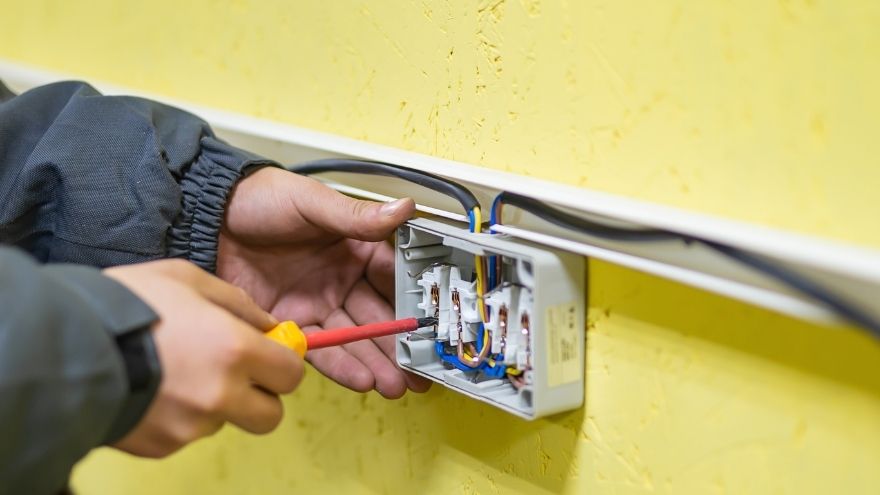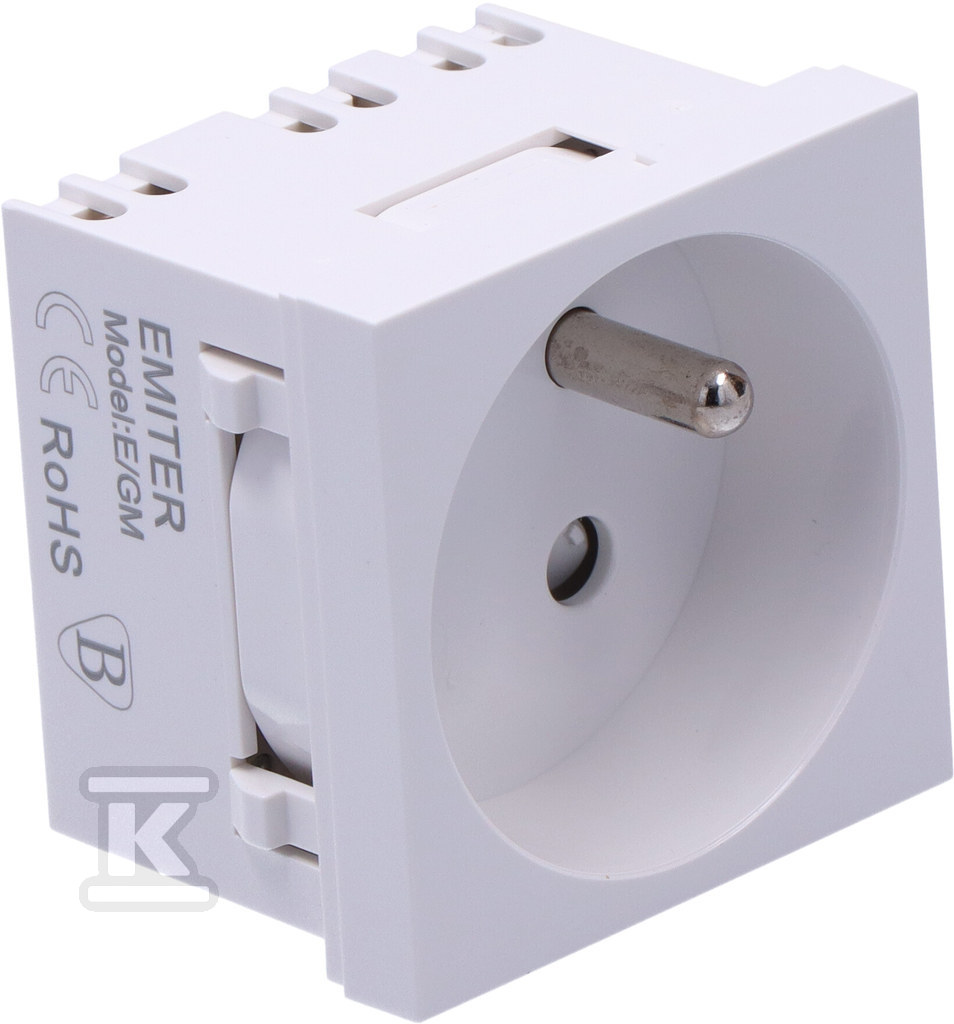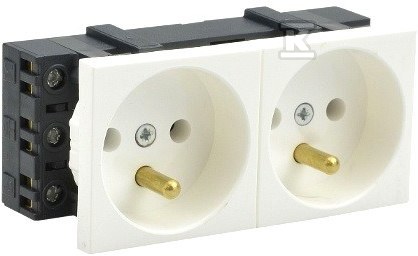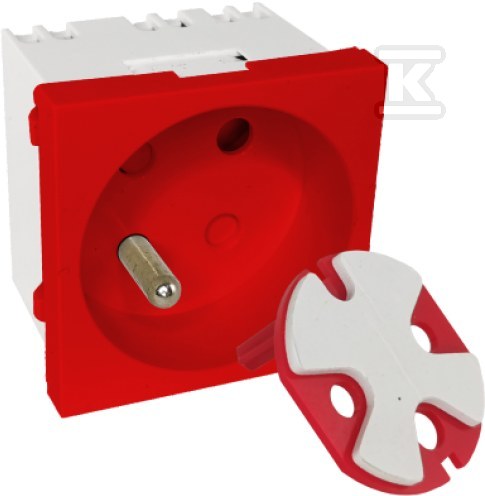Correct zeroing of an electrical socket is of great importance for the safety of the installation and users. It consists in connecting the protective conductor (PE) with the neutral conductor (N). This provides additional protection against electric shock. What's more, this type of zeroing of the socket may be necessary in older installations, where there is usually no separate protective conductor. Before we start work related to zeroing, we must understand the type of installation and, above all, the safety rules. Otherwise, we can create a dangerous situation, not only a potential failure, but even a threat to life. So let's find out everything that is important on the subject!

Check the electrical outlets at the Onninen wholesaler
When should you reset your socket?
 Socket zeroing is necessary in older installations, because they are not equipped with a separate protective conductor (PE). Here, this function is performed by the neutral conductor (N), which creates the so-called protective zeroing. Such installations are mainly found in buildings built at a time when modern safety standards did not apply. Therefore, modernization of the electrical installation is necessary here to meet the appropriate requirements.
Socket zeroing is necessary in older installations, because they are not equipped with a separate protective conductor (PE). Here, this function is performed by the neutral conductor (N), which creates the so-called protective zeroing. Such installations are mainly found in buildings built at a time when modern safety standards did not apply. Therefore, modernization of the electrical installation is necessary here to meet the appropriate requirements.
Socket zeroing is also necessary when replacing an old socket with a new one in a two-wire installation. This provides the appropriate level of protection against electric shock. This action is all the more necessary since it is impossible to upgrade the entire installation to the new TN-S standard with a protective conductor. However, remember that even with a guarantee of reliable socket zeroing, it will never replace a three-wire installation. Therefore, zeroing should be treated as a temporary solution.
Resetting the socket and the type of electrical installation
 Socket neutralisation is largely dependent on the type of installation we are dealing with. As we already know, and it is worth repeating - in older TN-C systems, there is no separate protective conductor (PE), so neutralisation is the only option to provide minimum protection against short circuits and electric shock. This is extremely important, because the neutral conductor (N) also functions as a protective conductor, which requires it to be connected to the socket housing. This design therefore makes neutralisation necessary. Thanks to this, electrical sockets work properly.
Socket neutralisation is largely dependent on the type of installation we are dealing with. As we already know, and it is worth repeating - in older TN-C systems, there is no separate protective conductor (PE), so neutralisation is the only option to provide minimum protection against short circuits and electric shock. This is extremely important, because the neutral conductor (N) also functions as a protective conductor, which requires it to be connected to the socket housing. This design therefore makes neutralisation necessary. Thanks to this, electrical sockets work properly.
It is completely different in modern TN-S and TN-CS electrical installations, where there is a separate protective conductor (PE). Here, there is no need to zero the socket. What's more, this action is not recommended, because the conductors - protective and neutral - are run separately. Such installations guarantee better protection, and the risk of electric shock is minimal. If we have the opportunity to upgrade the installation to a TN-S system, it is worth considering it. This is a better solution than zeroing.
How to safely reset an installation socket?
However, if all we have left is to zero the installation socket , we should do it safely. To do this, it is necessary to follow the key rules.
 Once we have done this, let's make sure that there is actually no current in the socket. Let's use a test lamp or a multimeter for this purpose. Then we should carefully identify the wires. In older two-wire installations, there are wires - phase (L) and neutral (N), which play a protective role.
Once we have done this, let's make sure that there is actually no current in the socket. Let's use a test lamp or a multimeter for this purpose. Then we should carefully identify the wires. In older two-wire installations, there are wires - phase (L) and neutral (N), which play a protective role.
The neutral wire should be connected to the neutral terminal, as well as the protective terminal in the socket. Let's check whether these connections are solid. They cannot come loose. Next, let's mount the socket in the box and turn on the power. It is also important to test how it works. We also need to assess whether the zeroing was done correctly, which can be done with a voltage indicator, for example. If we are not sure, it is better not to risk it and call an electrician. We have learned the most important rules for zeroing an electrical socket. We hope that we have clarified the subject a bit. However, remember that in case of doubt, it is always best to consult experts.